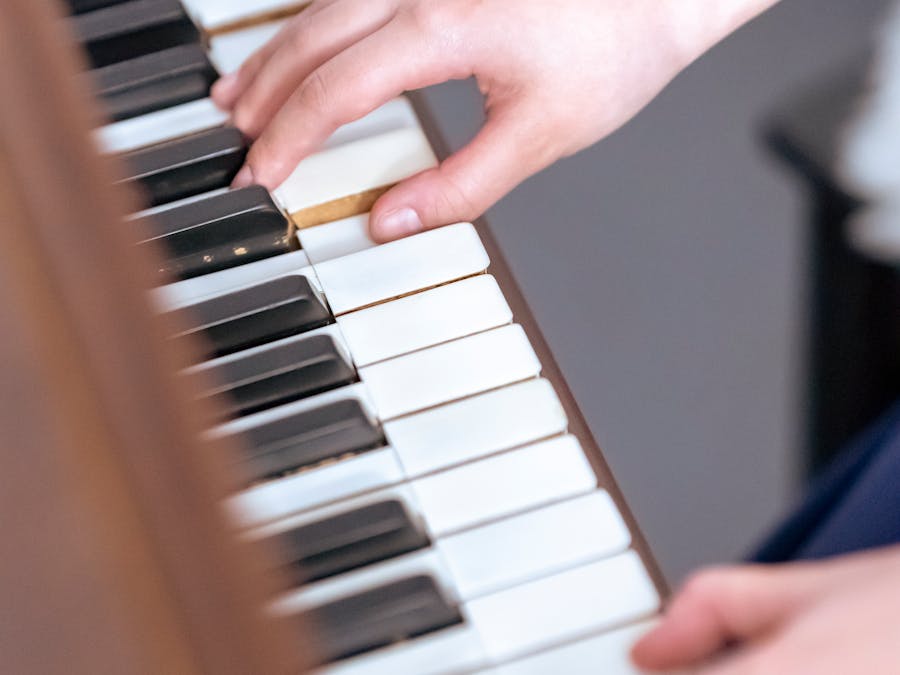 Piano Guidance
Piano Guidance
 Piano Guidance
Piano Guidance

 Photo: Ksenia Chernaya
Photo: Ksenia Chernaya
How can their brains hold on to this much information? Musicians can memorize many songs for a performance through massive repetition and by having a deep understanding of how the chords, melodies, and lyrics all work together in unison. This is especially true if the musician was involved in the songwriting process.

There is no definitive reason why our current music notation system is designed as it is today with no B or E sharp, but one likely reason is due...
Read More »
The G-Shock DW-6600 watch is an all-time lightweight classic that is trusted by military personnel from around the globe. This model is shock...
Read More »
Dick Fosbury, byname of Richard Douglas Fosbury, (born March 6, 1947, Portland, Oregon, U.S.), American high jumper who revolutionized the sport by...
Read More »
Playing the piano will not visibly change your hands. Taking up piano will not make your finger skinnier, because we cannot spot-reduce fat, nor...
Read More »If a musician wants to learn a set of songs to play in a performance, the most effective way to memorize the set is to learn each song, write down the set, and practice the entire set over and over and over again. It’s still good practice to play each song on its own, but if a musician wants to play twenty songs in his set, it would be a terrible idea to choose the moment he steps on stage as the first time he plays straight through all twenty songs from start to finish. If this musician were to have practiced the entire set multiple times over, he would be much more confident in his ability to recall all of the parts he needs to play from memory. Learn the songs and play them over and over and over while putting effort into looking at a reference of the music as minimally as possible. This will commit these songs to memory.

Mechanical keyboards can provide a more comfortable typing experience than popular rubber-dome keyboards, and people are assembling their own using...
Read More »
Ivory keytops are not valuable. Because the trade in ivory is completely outlawed around the world, the keytops are not valuable. But even if it...
Read More »Realizing the relationship between chords, melodies, and lyrics and how they move, change, and relate to each other can pay massive dividends when attempting to commit a piece of music to memory. It really helps to have some kind of reference to rely on when playing through a piece of music. Even if that reference is only in your mind. A basic understanding of Music Theory helps to simplify the memorization of music. Understanding the basics of Music Theory helps to simplify the structure of a song. This may start to sound a little technical, but I will keep it as simple as possible.

Most pop songs are based on a simple standard chord progression of four piano chords. ... The chord progression consists of four basic chords: C...
Read More »
Ultimately, the 10,000 hour rule only works if you want to be a performing professional. This means you are a professional musician who continues...
Read More »
Rock guitar is popular among beginners. There are many easy rock songs to learn whether you are focusing on chords or riffs. Though some rock songs...
Read More »
Guitar is easier for adults to learn because it is less challenging to learn songs at the beginner level. Piano, however, is easier for younger...
Read More »